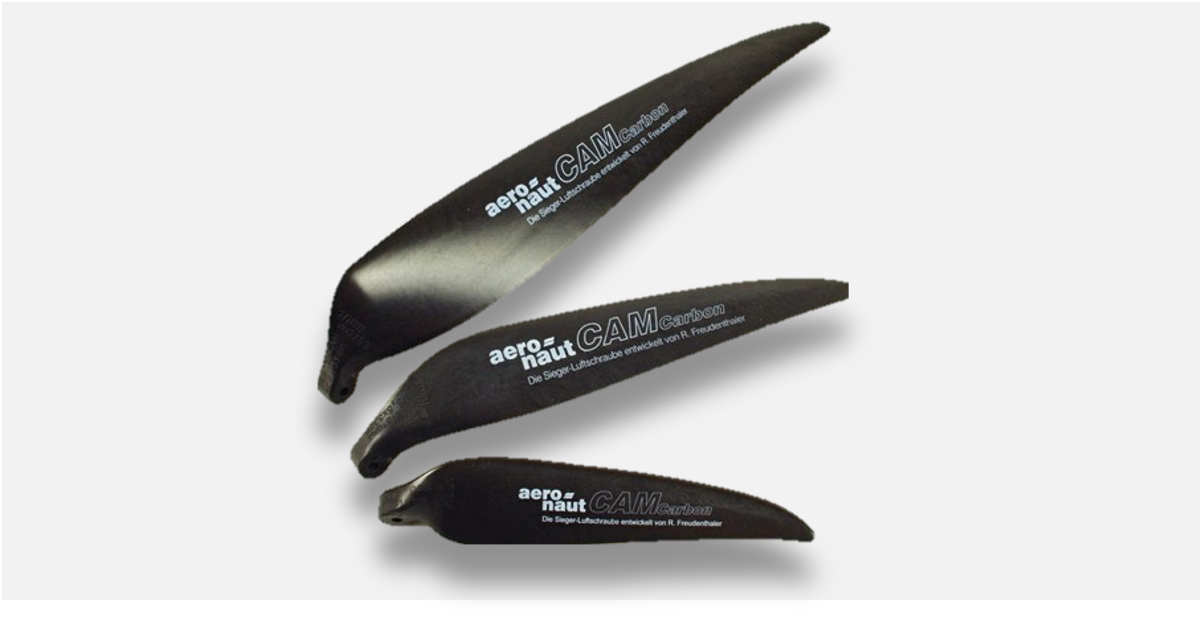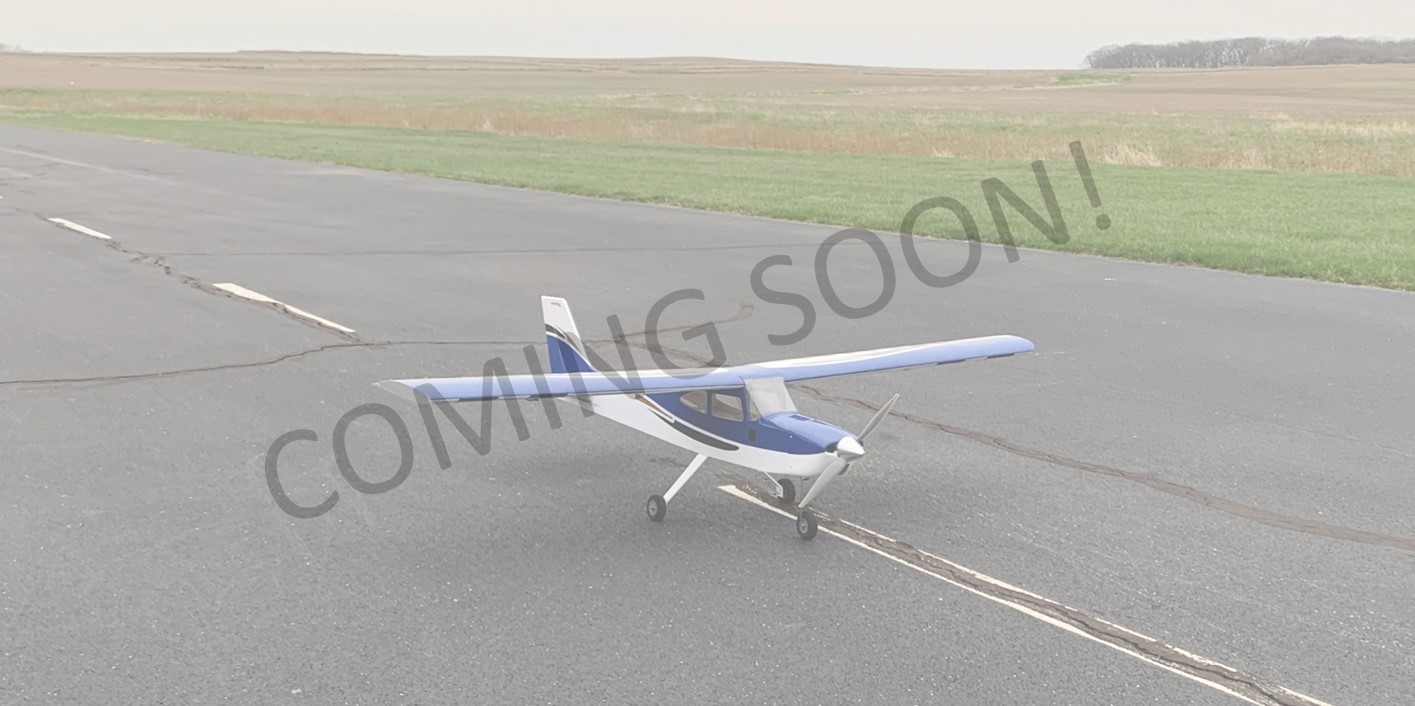Database description
The Unmanned Aerial Vehicle Database is an online source for data collected on unmanned aircraft and their sub-components. The database is freely-available with the intention of distributing information to aid the advancement of aeronautical science and engineering research.
In the past several years, there has been a major increase in the popularity of unmanned aerial vehicles (UAVs) for a variety of applications and part of this uptrend includes an increase in research. Research UAVs are being developed to study flight/aerodynamic qualities and new aircraft configurations, develop new flight hardware and control algorithms, validate prediction and simulation methods, and as low-cost stand-ins for their full-scale counterparts.
The development of a new UAV platform is a time-consuming task. First the airframe must be developed, which may involve design creation. Next, instrumentation follows a similar development route. Then comes ground testing, which may involve loads testing, moment of inertia measurement, and pre-flight combined systems testing. In summation, these stages become extremely costly in terms of resources as well as time. The effort may span many months or possibly years to develop an aircraft, which may only be flight tested for a limited time. Conducting flight testing is also risky and often requires certification (e.g. compliance with Part 107).
The goal of the database is to provide researchers and enthusiasts with UAV flight and ground testing data to enable advancement while minimizing the need for repeated testing. At the time of launching, January 2019, there existed no such open resource that include flight testing data of unmanned aircraft. There do, however, exist databases of UAV components, e.g. the Selig UIUC databases, which provide low-Reynolds number data for airfoils and propellers.
Datasets from various aircraft configurations and size classifications can be used for model development and validation and to predict the flight characteristics of similar aircraft, such as high or low wing configuration. Contributions from Jane's, Roskam, and the NACA / NASA provides researchers with similar datasets for full-scale aircraft, leading to the development of modern-day aircraft; however, although data provided by these researchers is still applicable towards UAVs, it may not accurately represent UAVs, as factors such mass and Reynolds scaling can change.
Therefore, the creaters of this database hope to provide a resource that can be used to advance the development of UAVs. As such, all of the data on this website is offered free to use with proper reference/citation.
Key Information
Distribution:
Unlimited & Free when Cited.
Contributors:
O. Dantsker, R. Mancuso, M. Vahora, and M. Caccamo
Last Updated:
Jun. 1, 2020


